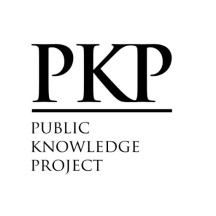Hemorrhage: one year at Tertiary Care Hospital of Gujranwala Pakistan.
Keywords:
Postpartum hemorrhage, Uterine atony, Uterine packingAbstract
Background: Postpartum hemorrhage (PPH) remains a leading cause of maternal mortality in developing countries.Objective: To determine the maternal outcome by an audit of one year among the cases of primary postpartum hemorrhage at a tertiary care hospital.
Methodology: This cross-sectional study was conducted in the Department of Obstetrics and Gynecology, DHQ Teaching Rawalpindi from 1st January 2019 to 31st December 2019. A total of 9122 deliveries were conducted at the hospital. We reviewed the charts of all the patients who fulfilled our inclusion criteria and gathered data on a structured, pre-tested proformas prepared for the purpose.
Results: A total of 9122 maternities were reported during the study period with the frequency of PPH 70 (0.77%). Booking status, 25 (35.7%), high parity 18 (25.7%), and uterine atony in 54 (77%) out of 70 PPH patients, were associated with PPH. Medical management of PPH with uterotonic drugs was successful in 23 (30%) of patients. Uterine packing was done in 27 (38%) patients and bleeding was successfully arrested in 24 (90%) of these 27 patients. Hysterectomy was performed in 9 (12.8%) patients. Maternal death due to PPH was reported in 1 (1.4%) cases.
Conclusion: PPH is the leading cause of maternal mortality and morbidity, associated with booking status, parity, and uterine atony. Hospital management should emphasize the predefined protocol to be followed in managing a patient with postpartum hemorrhage.









